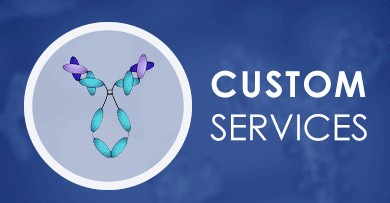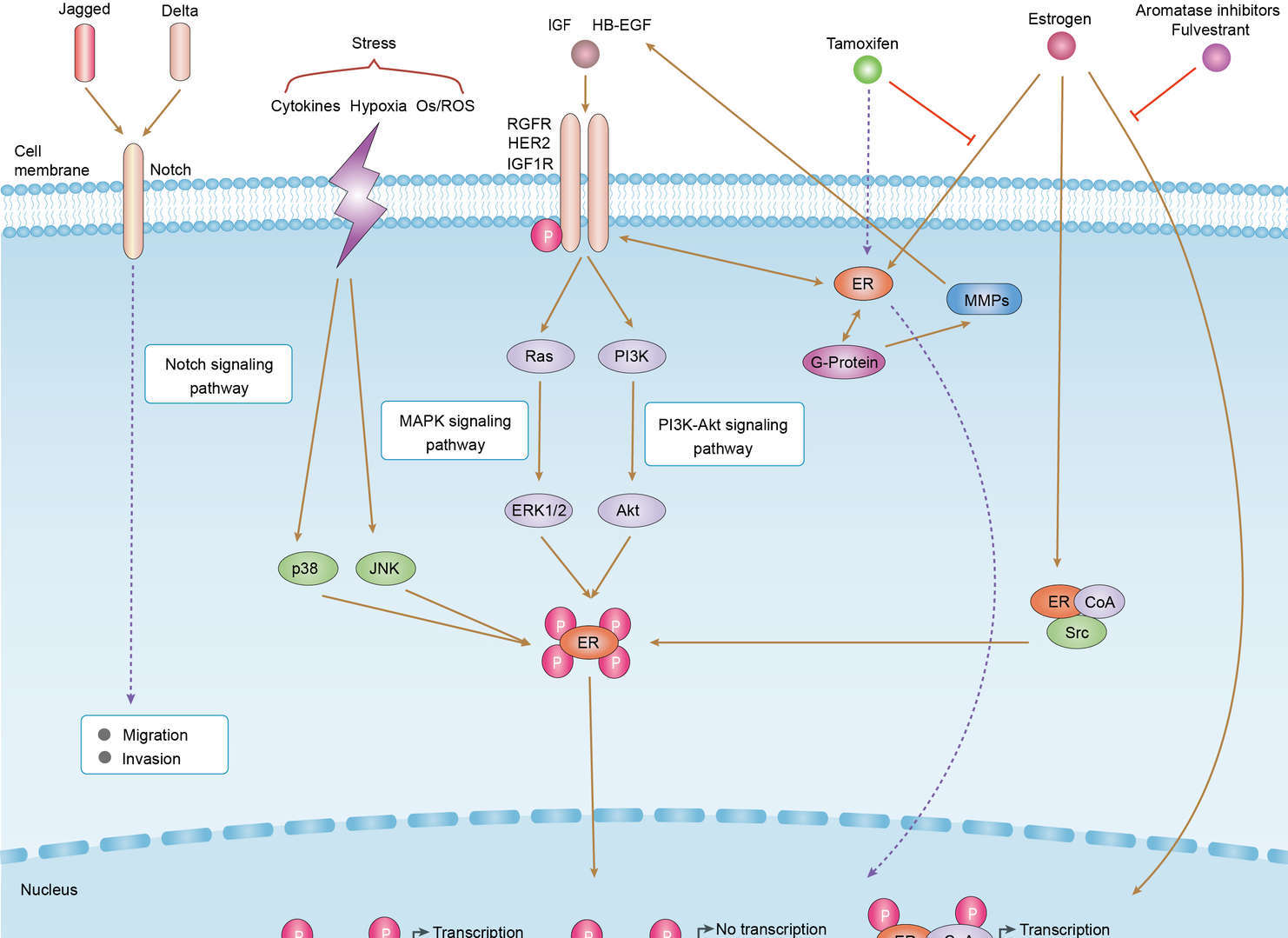+ Filter
 Loading...
Loading...

NOTCH4
 Loading...
Loading...Anti-NOTCH4 Products
- Human Anti-NOTCH4 Recombinant Antibody (HPAB-0068-CN) (HPAB-0068-CN)
-
- Derivation: Human
- Species Reactivity: Human, Mouse, Monkey
- Type: Humanized IgG2
- Application: Neut, IF
- Human Anti-NOTCH4 Recombinant Antibody (HPAB-0067-CN) (HPAB-0067-CN)
-
- Derivation: Human
- Species Reactivity: Human
- Type: Chimeric (mouse/human) IgG2, κ
- Application: Neut
-
- Derivation: Mouse
- Species Reactivity: Human
- Type: Mouse IgG1
- Application: WB, ELISA, IHC, IP
- Human Anti-NOTCH4 Recombinant Antibody (clone GLA-S4F18) (HPAB-N0194-YC)
-
- Species Reactivity: Human, Mouse
- Type: Human IgG
- Application: FC, FuncS
- Mouse Anti-NOTCH4 Recombinant Antibody (HPAB-0066-CN) (HPAB-0066-CN)
-
- Derivation: Mouse
- Species Reactivity: Human
- Type: Mouse IgG1, κ
- Application: Neut
-
- Species Reactivity: Human, Mouse
- Type: Rabbit IgG
- Application: WB, FC
- Recombinant Hamster Anti-Notch4 Antibody (HMN4-14) (NEUT-1787CQ)
-
- Species Reactivity: Mouse
- Type: IgG
- Application: BL, FC
-
- Species Reactivity: Human
- Type: Rabbit IgG
- Application: WB
-
- Derivation: Rabbit
- Species Reactivity: Human, Mouse
- Type: Rabbit IgG
- Application: WB, FC
- Recombinant Mouse Anti-NOTCH4 Antibody (clone 1B2B6) (VS3-FY1052)
-
- Type: Mouse IgG1
- Application: ELISA, ICC, FC
- Recombinant Mouse Anti-NOTCH4 Antibody (clone 6D8D4) (VS3-FY1053)
-
- Type: Mouse IgG2a
- Application: ELISA, IHC, FC
- Mouse Anti-NOTCH4 Recombinant Antibody; scFv Fragment (HPAB-0066-CN-S(P)) (HPAB-0066-CN-S(P))
-
- Derivation: Mouse
- Species Reactivity: Human
- Type: Mouse scFv
- Application: Neut
- Human Anti-NOTCH4 Recombinant Antibody; scFv Fragment (HPAB-0068-CN-S(P)) (HPAB-0068-CN-S(P))
-
- Derivation: Human
- Species Reactivity: Human, Mouse, Monkey
- Type: Human scFv
- Application: Neut, IF
- Mouse Anti-NOTCH4 Recombinant Antibody; Fab Fragment (HPAB-0066-CN-F(E)) (HPAB-0066-CN-F(E))
-
- Derivation: Mouse
- Species Reactivity: Human
- Type: Mouse Fab
- Application: Neut
- Human Anti-NOTCH4 Recombinant Antibody; Fab Fragment (HPAB-0068-CN-F(E)) (HPAB-0068-CN-F(E))
-
- Derivation: Human
- Species Reactivity: Human, Mouse, Monkey
- Type: Human Fab
- Application: Neut, IF
- Human Anti-NOTCH4 Recombinant Antibody; Fab Fragment (HPAB-0067-CN-F(E)) (HPAB-0067-CN-F(E))
-
- Derivation: Human
- Species Reactivity: Human
- Type: Human Fab
- Application: Neut
- Human Anti-NOTCH4 Recombinant Antibody (clone GLA-S4F18); scFv Fragment (HPAB-N0194-YC-S(P))
-
- Species Reactivity: Human, Mouse
- Type: Human scFv
- Application: FC, FuncS
- Human Anti-NOTCH4 Recombinant Antibody (clone GLA-S4F18); Fab Fragment (HPAB-N0194-YC-F(E))
-
- Species Reactivity: Human, Mouse
- Type: Human Fab
- Application: FC, FuncS
-
- Derivation: Phage display library screening
- Species Reactivity: Mouse
- Type: IgG
- Application: WB, FC
- Rabbit Anti-NOTCH4 Recombinant Antibody (VS13-YC830) (VS13-YC830)
-
- Species Reactivity: Human
- Type: Rabbit IgG
- Application: WB
- Human Anti-NOTCH4 scFv-Fc Chimera (VS-0425-FY162) (VS-0425-FY162)
-
- Species Reactivity: Human, Mouse
- Type: Human IgG1, scFv-Fc
- Application: FC
-
- Species Reactivity: Human
- Target: NOTCH4
- Host Animal: Mouse
- Application: ELISA, FC, Neut, Cell-uptake
- Anti-NOTCH4 Antibody Prodrug, Protease Activated (VS-1025-YC104) (VS-1025-YC104)
-
- Species Reactivity: Human
- Host Animal: Mouse
- Target: NOTCH4
- Application: ISZ, Cyt, FuncS
View More Products
Can't find the products you're looking for? Try to filter in the left sidebar.Filter By Tag
More Infomation
Our customer service representatives are available 24 hours a day, from Monday to Sunday. Contact Us
For Research Use Only. Not For Clinical Use.
Background
This gene encodes a member of the NOTCH family of proteins. Members of this Type I transmembrane protein family share structural characteristics including an extracellular domain consisting of multiple epidermal growth factor-like (EGF) repeats, and an intracellular domain consisting of multiple different domain types. Notch signaling is an evolutionarily conserved intercellular signaling pathway that regulates interactions between physically adjacent cells through binding of Notch family receptors to their cognate ligands. The encoded preproprotein is proteolytically processed in the trans-Golgi network to generate two polypeptide chains that heterodimerize to form the mature cell-surface receptor. This receptor may play a role in vascular, renal and hepatic development. Mutations in this gene may be associated with schizophrenia. Alternative splicing results in multiple transcript variants, at least one of which encodes an isoform that is proteolytically processed.
Protein class
Human disease related genes
Predicted location
Membrane
Single cell type specificity
Group enriched (Adipocytes, Hepatic stellate cells, Endothelial cells)
Immune cell specificity
Not detected in immune cells
Cell line specificity
Not detected
Interaction
Heterodimer of a C-terminal fragment N(TM) and a N-terminal fragment N(EC) which are probably linked by disulfide bonds (By similarity). Interacts with MAML1, MAML2 and MAML3 which act as transcriptional coactivators for NOTCH4.
Molecular function
Activator, Developmental protein, Receptor
More Types Infomation


 Breast Cancer
Breast Cancer

